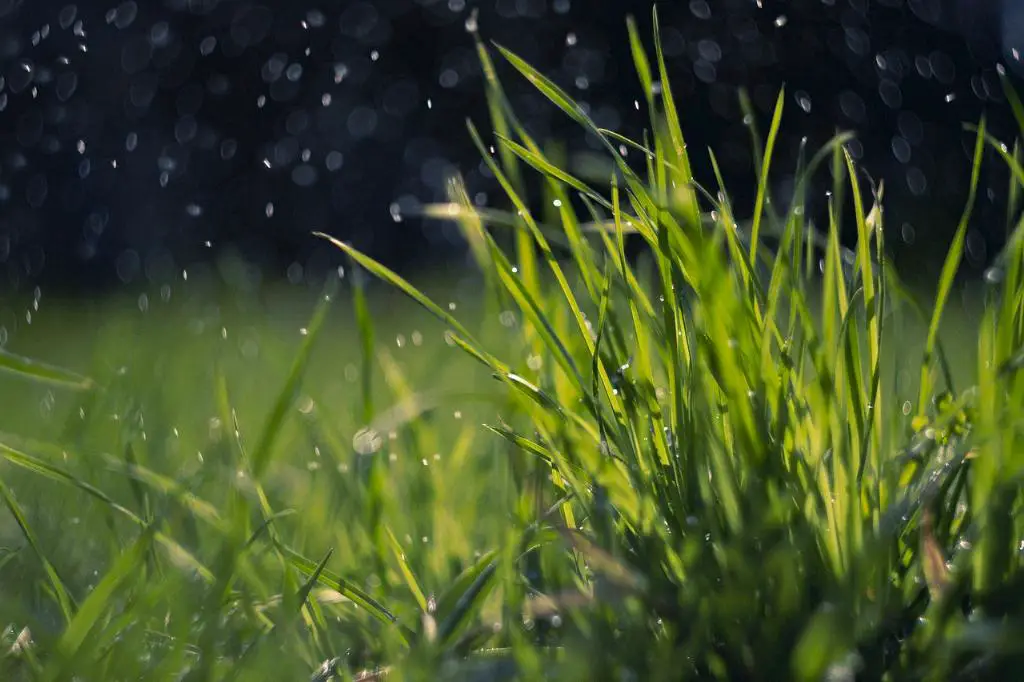Timing is crucial when it comes to dethatching your lawn for optimal results. Understanding the growth cycles of your grass is essential in determining the best time to tackle this task.
For those with cool-season grasses, the ideal periods to dethatch are early spring or early fall. These seasons coincide with the active growth stages of these grass types and provide the most favorable conditions for the process.
In contrast, individuals with warm-season grasses should aim to dethatch in the late spring through early summer, typically after the second mowing. This time frame aligns with the peak growth phase of warm-season grasses, ensuring that the lawn can recover effectively.
It is crucial to consider the moisture level of the soil when planning to dethatch. Ideally, the soil should be moderately moist to facilitate the process without causing unnecessary stress to the grass roots.
One of the key indicators to look out for is the growth pattern of your grass. Dethatching when the grass is actively growing ensures that it can quickly recover from the process and fill in any bare patches.
During early spring, cool-season grasses are in their prime growth phase, making it an opportune time to dethatch. This allows the grass to recover and flourish as it transitions into the warmer months ahead.
Similarly, early fall presents another window of opportunity for dethatching cool-season grasses. As the weather begins to cool down, the grass can recuperate from the stress of dethatching and prepare for the upcoming winter dormancy.
For warm-season grasses, late spring through early summer is the preferred time for dethatching. The vigorous growth during this period ensures rapid recovery and minimal disruption to the overall health of the lawn.
After the second mowing in late spring or early summer, warm-season grasses are at their peak growth, providing an excellent opportunity to dethatch. This timing allows the grass to recover quickly and continue thriving through the summer months.
By aligning your dethatching schedule with the natural growth cycles of your grass, you can maximize the effectiveness of the process and promote a healthier, lusher lawn. Remember to assess the moisture levels and growth patterns to determine the best time for dethatching your lawn.

